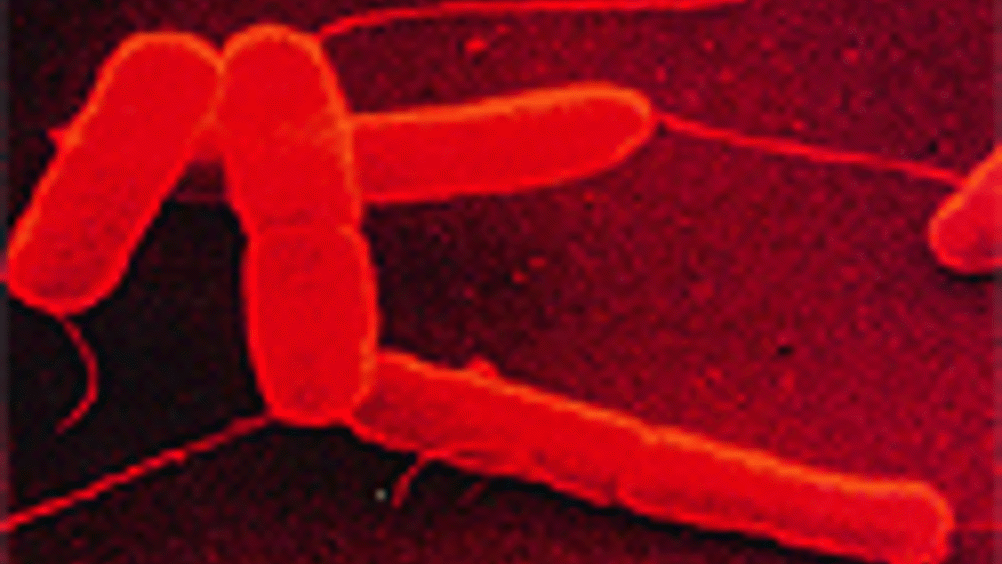Rapid results from biosensor

University of
The technology uses a protein from the suspect bacteria as part of the sensing system that also includes a silicon chip and a digital camera.
“We’ve developed a very inexpensive technology that can detect an infectious agent,” said Benjamin Miller, Ph.D., an associate professor of dermatology at the
The technology could potentially detect any biological entity, Miller said. A physician someday, for example, could use the technology in his or her office to confirm a streptococcal infection in a patient with a sore throat.
The
Register now to continue reading
Thanks for visiting The Engineer. You’ve now reached your monthly limit of news stories. Register for free to unlock unlimited access to all of our news coverage, as well as premium content including opinion, in-depth features and special reports.
Benefits of registering
-
In-depth insights and coverage of key emerging trends
-
Unrestricted access to special reports throughout the year
-
Daily technology news delivered straight to your inbox










INWED Engineering Profile: Naval Architect Ellie Driver
Not a woman I´d want to cross … oh, that was Elle Driver